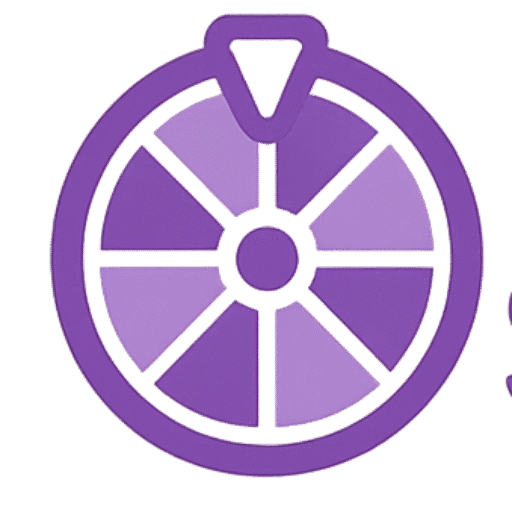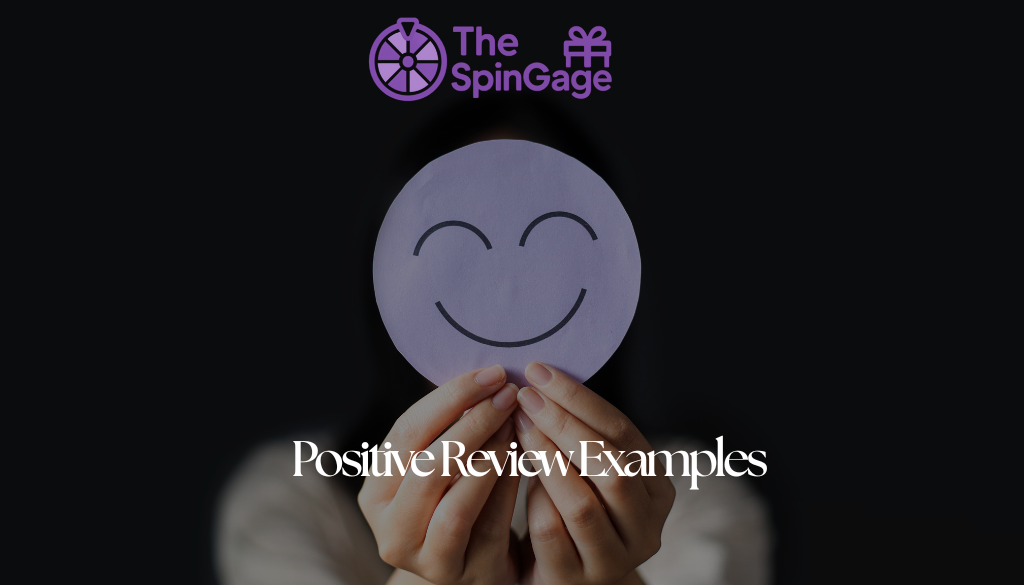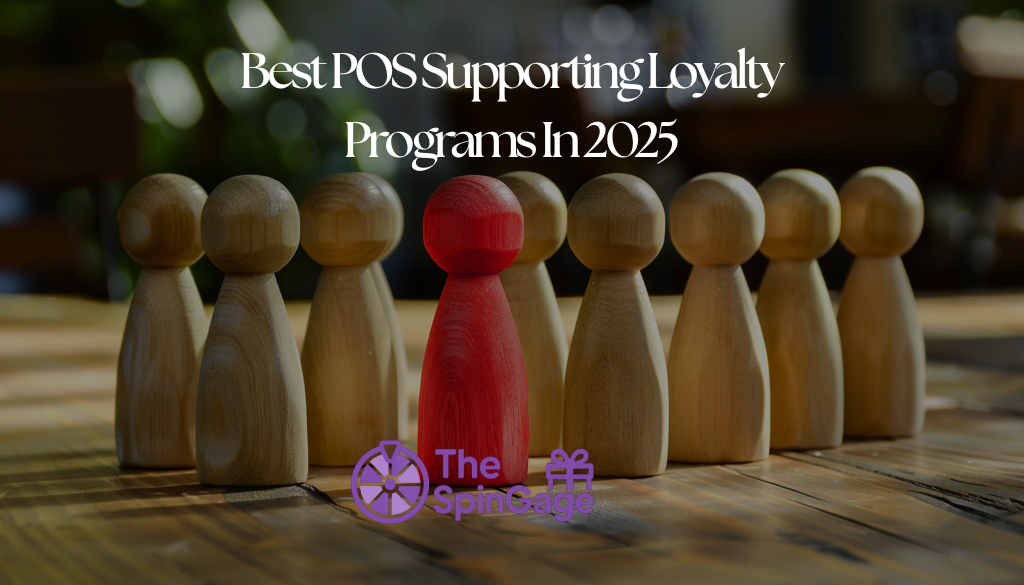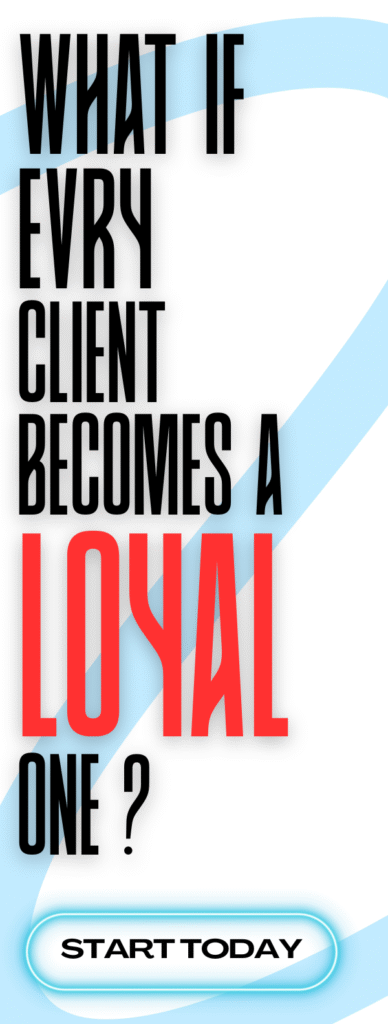In today’s competitive business landscape, companies are constantly seeking innovative ways to boost employee engagement and drive better results. One strategy that’s gaining traction is gamification, the use of game design elements in a business context.

By incorporating game-like mechanics, businesses can create a more interactive and engaging work environment, motivating employees to achieve their best. This approach not only enhances productivity but also fosters a positive company culture.
Key Takeaways
- Gamification can significantly boost employee engagement.
- It drives better results by motivating employees.
- Gamification creates a more interactive work environment.
- It enhances productivity and company culture.
- Businesses can achieve their goals more effectively.
What Gamification Means for Modern Businesses
In the modern business landscape, gamification has emerged as a powerful tool to boost engagement and drive results. As companies strive to stay competitive, they are increasingly turning to gamification strategies to enhance employee performance, improve customer engagement, and foster a more interactive work environment.
Defining Gamification in Business Terms
Gamification in business refers to the application of game design elements and mechanics to non-game contexts, such as marketing, sales, and employee training. By incorporating elements like points, badges, and leaderboards, businesses can create engaging experiences that motivate employees and customers to achieve specific goals.
The Science of Engagement and Motivation
The science behind gamification lies in its ability to tap into human psychology, leveraging intrinsic motivators like competition, achievement, and recognition. By understanding what drives human behavior, businesses can design gamification strategies that encourage desired behaviors and outcomes.
From Gaming to Business: The Evolution of Gamification
Gamification has its roots in the gaming industry, where game designers used various techniques to keep players engaged. Over time, these techniques have been adapted for business use, evolving into sophisticated gamification strategies that drive real results. Today, businesses across various industries are using gamified learning and other gamification examples to enhance their operations.
By understanding the principles of gamification and its evolution, businesses can harness its power to drive engagement, motivation, and ultimately, results.
The Business Value of Gamification
Gamification is revolutionizing the way businesses operate, offering a plethora of benefits that can significantly enhance organizational performance. By incorporating game design elements into their strategies, companies can experience measurable improvements in various areas.
Measurable Benefits for Organizations
The benefits of gamification for organizations are multifaceted. Studies have shown that gamification can lead to a 25% increase in productivity and a 30% increase in employee engagement. A well-implemented gamification strategy can also enhance customer loyalty and retention.
| Benefit | Percentage Increase |
|---|---|
| Productivity | 25% |
| Employee Engagement | 30% |
| Customer Loyalty | 20% |
Employee Engagement and Retention Impact
Gamification has a profound impact on employee engagement and retention. By making work more enjoyable and interactive, organizations can reduce turnover rates and improve overall job satisfaction. As noted by a business leader, “Gamification has transformed our work environment, making it more collaborative and fun.”
“Gamification has the power to transform the workplace, making it more engaging and productive.”
— Business Leader
Calculating ROI on Gamification Initiatives
To calculate the ROI on gamification initiatives, organizations should track key performance indicators (KPIs) such as engagement rates, productivity levels, and customer satisfaction. By comparing these metrics before and after gamification implementation, businesses can determine the effectiveness of their gamification strategies.
Essential Elements of Effective Gamification Strategies
A well-designed gamification strategy relies on a set of core elements that enhance user experience and drive results. These elements work together to create an engaging and motivating environment for participants.
Points, Badges, and Leaderboards: The PBL Framework
The PBL framework is a widely recognized gamification technique that utilizes points, badges, and leaderboards to encourage competition and engagement. Points are used to reward users for completing specific tasks, while badges serve as visual representations of achievements. Leaderboards rank users based on their performance, fostering a sense of competition.
Challenges, Quests, and Missions
Challenges, quests, and missions are gamification elements that provide users with specific objectives to achieve. These elements add a sense of purpose and direction, guiding users through the gamified experience. By completing challenges, users feel a sense of accomplishment and progress.
Reward Systems and Recognition Mechanics
Reward systems and recognition mechanics are crucial in motivating users to continue engaging with the gamified experience. Intrinsic rewards, such as personal satisfaction, and extrinsic rewards, like tangible prizes, both play significant roles in encouraging user participation.
Intrinsic vs. Extrinsic Rewards
The debate between intrinsic and extrinsic rewards is ongoing in the gamification community. While extrinsic rewards can drive short-term engagement, intrinsic rewards often lead to long-term motivation. A balanced approach that incorporates both types of rewards can create a more effective gamification strategy.
| Element | Description | Example |
|---|---|---|
| Points | Reward users for completing tasks | Earning 100 points for completing a survey |
| Badges | Visual representation of achievements | Receiving a “Survey Master” badge |
| Leaderboards | Rank users based on performance | Ranking on a “Most Active Users” leaderboard |
Gamification in Employee Training and Development
As businesses seek innovative methods to enhance employee skills, gamification is emerging as a key strategy. By incorporating game design elements into training programs, companies can boost engagement, improve knowledge retention, and foster a more dynamic learning environment.
Transforming Corporate Learning with Gamified Platforms
Gamified learning platforms are revolutionizing corporate training by making it more interactive and enjoyable. These platforms use a combination of game mechanics, such as points, badges, and leaderboards, to encourage participation and motivate learners.
Onboarding: First Impressions Through Gamification
The onboarding process is a critical period for new employees, and gamification can make it more engaging. By incorporating gamified elements, such as interactive tutorials and challenges, businesses can create a positive first impression and help new hires feel more connected to the company culture.
Skill Development and Mastery Paths
Gamification can be used to create skill development paths that guide employees through a series of challenges and training modules. This approach helps employees achieve mastery in their roles and provides a clear understanding of their progress.
Measuring Learning Outcomes and Progress
To ensure the effectiveness of gamified training programs, it’s essential to measure learning outcomes and progress. This can be achieved through analytics tools that track employee performance and provide insights into areas for improvement.
| Benefits of Gamification in Training | Description | Impact |
|---|---|---|
| Increased Engagement | Gamified elements make training more interactive | Higher participation rates |
| Improved Knowledge Retention | Game mechanics enhance memory recall | Better application of skills |
| Enhanced Motivation | Rewards and recognition motivate learners | Increased employee satisfaction |
By leveraging gamification in employee training and development, businesses can create a more engaging, effective, and enjoyable learning experience. This, in turn, can lead to improved employee performance, increased retention, and a more competitive organization.
Implementing Gamification in Sales and Marketing
Gamification is revolutionizing the way businesses approach sales and marketing by making these processes more engaging and interactive. By incorporating game design elements and mechanics into their strategies, companies can enhance customer engagement, improve sales performance, and drive business growth.
Customer Loyalty Programs and Engagement
Customer loyalty programs are a prime example of gamification techniques in action. By integrating elements like points, badges, and leaderboards, businesses can encourage repeat purchases and foster a sense of community among their customers. For instance, a popular coffee chain might offer rewards for frequent buyers, creating a sense of achievement and loyalty.
Gamified Marketing Campaigns That Convert
Gamified marketing campaigns can significantly boost conversion rates by making the customer journey more engaging. Techniques such as interactive quizzes, challenges, and contests can capture users’ attention and motivate them to take desired actions. For example, a clothing retailer might create a virtual “style challenge” that encourages customers to share their fashion choices on social media, generating buzz and driving sales.
Motivating Sales Teams Through Competition and Collaboration
Gamification can also be a powerful tool for motivating sales teams. By introducing competitive elements such as sales contests and leaderboards, businesses can foster a sense of friendly competition that drives performance. Additionally, collaborative gamification techniques, such as team-based challenges, can enhance teamwork and camaraderie among sales team members.
Analytics and Performance Tracking
To ensure the success of gamification initiatives, it’s crucial to track their performance using analytics tools. By monitoring key metrics such as engagement rates, conversion rates, and sales performance, businesses can refine their gamification strategies and make data-driven decisions. This allows companies to stay abreast of gamification trends and continually optimize their approaches.
In conclusion, the strategic implementation of gamification in sales and marketing can yield significant benefits for businesses. By leveraging customer loyalty programs, gamified marketing campaigns, and sales team motivation strategies, companies can drive engagement, boost sales, and stay competitive in a rapidly evolving market landscape.
Team Building and Collaboration Through Gamification
By incorporating game design elements, businesses can significantly improve team building and collaboration among employees. Gamification is not just about making work more enjoyable; it’s a strategic approach to enhancing teamwork and productivity.
Gamification Benefits include increased employee engagement, improved communication, and a stronger sense of camaraderie. These benefits are crucial for businesses, especially those with remote workforces.
Virtual Team Challenges for Remote Workforces
Virtual team challenges are an effective way to engage remote employees and foster a sense of unity. These challenges can range from virtual escape rooms to collaborative problem-solving games.
For instance, a company might use a platform that hosts virtual scavenger hunts, encouraging teams to work together and communicate effectively. Such activities not only build trust but also promote a sense of belonging among team members.
Problem-Solving Games for Innovation
Problem-solving games are designed to challenge teams and encourage innovative thinking. These games can be tailored to specific business needs, such as improving communication or enhancing creative problem-solving skills.
One example is using gamified platforms that offer challenges and puzzles that teams must solve together. This not only enhances collaboration but also drives innovation by encouraging out-of-the-box thinking.
Building Company Culture Through Playful Interaction
Gamification can play a significant role in building and maintaining company culture. By incorporating game elements into daily tasks or company events, businesses can create a more cohesive and collaborative work environment.
| Gamification Element | Impact on Team Building | Impact on Collaboration |
|---|---|---|
| Virtual Team Challenges | Enhances trust and unity among remote teams | Improves communication and coordination |
| Problem-Solving Games | Fosters innovative thinking and teamwork | Encourages collaborative problem-solving |
| Playful Interaction | Builds a cohesive company culture | Promotes a collaborative work environment |

In conclusion, gamification offers a range of tools and strategies for enhancing team building and collaboration. By leveraging virtual team challenges, problem-solving games, and playful interaction, businesses can create a more engaged, innovative, and collaborative workforce.
Top Gamification Tools and Platforms for Business Success
In today’s competitive business landscape, leveraging the right gamification tools and platforms is crucial for driving success. Businesses are constantly looking for innovative ways to engage their customers, motivate their employees, and ultimately drive results.
Enterprise-Level Gamification Solutions
For large organizations, enterprise-level gamification solutions such as Bunchball and Badgeville offer comprehensive platforms that can be integrated into various aspects of the business. These platforms provide advanced features like analytics and customization options.
Industry-Specific Gamification Applications
Certain industries benefit from gamification applications tailored to their specific needs. For instance, healthcare organizations can use platforms like Fitbit for Business to encourage employee wellness, while educational institutions can leverage tools like Classcraft to enhance student engagement.
Budget-Friendly and DIY Gamification Options
Not all businesses have the budget for extensive gamification platforms. Fortunately, there are budget-friendly and DIY options available, such as GamifyHub and Google Forms integrated with gamification elements. These tools allow businesses to start small and scale their gamification efforts as needed.
Integration with Existing Business Systems
A key factor in the success of gamification tools is their ability to integrate with existing business systems. This includes CRM systems, HR software, and marketing automation tools. Seamless integration ensures that gamification efforts are aligned with overall business objectives and can be measured effectively.
- API connectivity for data exchange
- Single sign-on (SSO) for user convenience
- Customizable workflows to fit business processes
Real-World Gamification Success Stories and Lessons
From Fortune 500 companies to small businesses, gamification has proven to be a game-changer in boosting engagement and results. This section explores real-world examples and the lessons learned from these initiatives.
Case Study: Fortune500 Gamification Implementation
A notable example is a Fortune 500 company that implemented a gamified sales training program, resulting in a 25% increase in sales performance within six months. The program utilized a combination of points, badges, and leaderboards to motivate sales teams.
Case Study: Small Business Gamification Wins
A small e-commerce business saw a significant boost in customer engagement after introducing a gamified loyalty program. The program, which rewarded customers with points for every purchase and interaction, led to a 40% increase in repeat business within a year.
Learning from Failed Gamification Initiatives
Not all gamification initiatives succeed. A common reason for failure is the lack of clear objectives and meaningful rewards. For instance, a company that introduced a gamified employee training program without aligning it with specific business goals saw a low participation rate.
Key Success Factors Across Industries
Despite differences in industry and business size, successful gamification initiatives share common factors:
- Clear objectives aligned with business goals
- Meaningful rewards that resonate with the target audience
- Continuous engagement through regular updates and feedback
By understanding these key success factors, businesses can design effective gamification strategies that drive engagement and results.
Conclusion: Embracing the Future of Business Gamification
Gamification is revolutionizing the way businesses operate, making it an exciting time for organizations willing to innovate and adapt. As discussed, gamification has the potential to transform businesses by boosting engagement, improving employee training, and driving sales.
The integration of gamification trends in business strategies is becoming increasingly important. By leveraging gamification in business, companies can create a more engaging work environment, enhance customer loyalty, and ultimately drive results.
As we move forward, it’s clear that gamification will continue to play a significant role in shaping the future of business. By embracing this trend, businesses can stay ahead of the curve and reap the benefits of a more motivated and productive workforce.
With the right approach and tools, organizations can unlock the full potential of gamification and achieve their goals. Whether you’re a small business or a large enterprise, now is the time to explore the possibilities of gamification in business and discover how it can drive success.
FAQ
What is gamification, and how can it benefit my business?
Gamification is the use of game design elements and mechanics in a non-game context, such as business, to drive engagement and motivation. By incorporating gamification strategies, businesses can boost employee engagement, enhance customer loyalty, and ultimately drive better results.
How do I get started with gamification in my organization?
To get started with gamification, identify the specific business challenges you want to address, such as employee engagement or customer retention. Then, explore different gamification techniques, such as the PBL framework, challenges, and reward systems, to determine the best approach for your organization.
What are some effective gamification strategies for employee training and development?
Effective gamification strategies for employee training and development include using gamified learning platforms, creating onboarding experiences that leverage gamification, and developing skill development and mastery paths that incorporate game design elements.
Can gamification be used for customer loyalty programs, and if so, how?
Yes, gamification can be a powerful tool for customer loyalty programs. By incorporating game design elements, such as rewards, challenges, and leaderboards, businesses can create engaging experiences that drive customer loyalty and retention.
How do I measure the success of my gamification initiatives?
To measure the success of your gamification initiatives, track key metrics, such as engagement rates, customer retention, and return on investment (ROI). Use analytics and performance tracking tools to monitor progress and adjust your gamification strategies accordingly.
What are some common pitfalls to avoid when implementing gamification in my business?
Common pitfalls to avoid when implementing gamification include failing to clearly define business objectives, neglecting to consider the user experience, and relying too heavily on extrinsic rewards rather than intrinsic motivators.
Are there any industry-specific gamification applications or tools that I should be aware of?
Yes, there are industry-specific gamification applications and tools available. For example, some gamification platforms are designed specifically for the healthcare or financial services industries. Research industry-specific solutions to determine the best fit for your organization.
How can I ensure that my gamification initiatives are inclusive and accessible to all participants?
To ensure that your gamification initiatives are inclusive and accessible, consider the diverse needs and abilities of your participants. Design gamification experiences that are fair, transparent, and free from bias, and provide options for participants to engage at their own level.












Leave a Reply